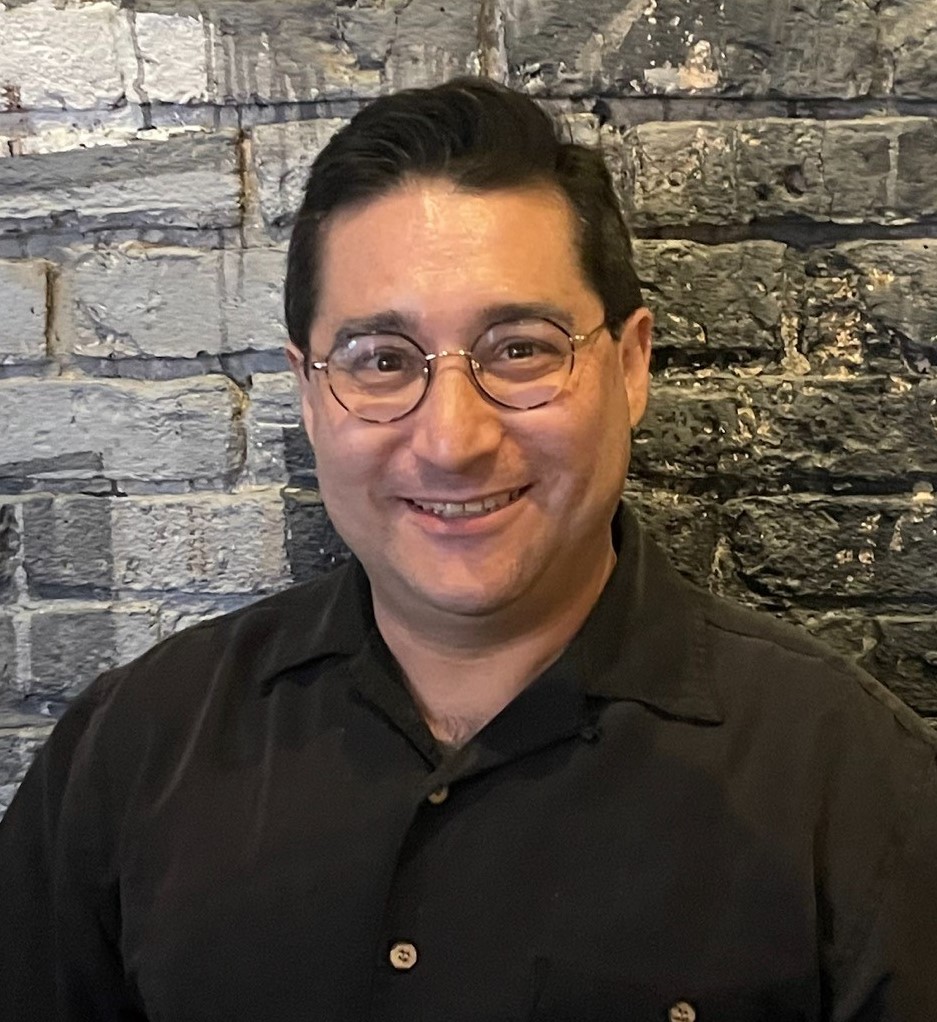Neil Versel
A new survey from the American Health Information Management Association finds that 95 percent of the more than a thousand healthcare industry professionals queried believe that "high-value information" is essential for improving patient safety and care quality.
A new survey from the AHIMA finds that 95 percent of the more than a thousand healthcare industry professionals queried believe that "high-value information" is essential for improving patient safety and care quality.
In this age of big data, analytics in healthcare has expanded from business intelligence and revenue-cycle management to clinical care.
Technologists have worked for years to break down data silos in healthcare. Then, just as it seemed they were starting to figure out interoperability, along comes a flood of mobile health apps that simply don't connect to anything.
The "SOAP" -- subjective, objective, assessment, plan -- format has been in common use for decades as a way of organizing physician progress notes in medical records, but it was created in an era when most everything was written on paper. In the age of electronic health records, some are rethinking the order of presenting information.
Is it wrong to be skeptical about the integrity of quality measures in meaningful use, particularly in the wake of what one quality improvement expert called "patient safety's first scandal"? Those at the forefront of healthcare quality and patient safety movements say, "no," but also believe any problems have been contained.
With apologies to Internet meme-makers everywhere, analytics experts have a message for healthcare providers trying to get their heads around business and clinical intelligence: "Big data, you're doing it wrong."
Stage 2 of the federal Electronic Health Records Incentive Program is underway for providers who first reached Stage 1 in 2011. Although there will not be any official statistics available for several months, anecdotal evidence suggests that this new phase is off to a slow start.
Hospitals were treading carefully around CPOE a decade ago, especially after Cedars-Sinai Medical Center in Los Angeles turned off its CPOE system in early 2003. Today is a different story. Meaningful use is helping to drive CPOE uptake, workflows are better designed and physicians expect more automation. Yet there remain many challenges, industry insiders say.
In opening its new, flagship hospital in the state capital last month, MaineGeneral Medical Center took a bit of a gamble promoting the $312 million Alfond Center for Health on Facebook.
